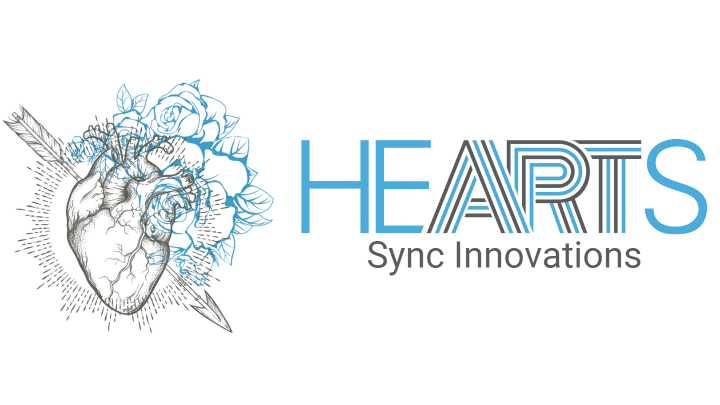Imagine the learning environment of the future: quiet, green campuses in cities, smart wearables recommending short "Green Breaks," and teams delivering their most creative ideas after a 15-minute walk in the park. This vision is not a wellness fairy tale but a realistic path to high performance – and the next generation will expect it as standard. For those who want to protect focus, creativity, and mental energy, more than coffee and calendar tricks is needed: they require the dose of nature that measurably sharpens the brain.
Concentration is the ability to intentionally focus attention and filter out distracting stimuli. Central to this is the working memorytemporary storage for information we are currently processing, which quickly becomes fatigued. Nature serves here as a space for regeneration. The concept of attention restorationrecovery of the attention and working memory systems through low-stimulus, pleasant environments explains why green spaces reduce mental fatigue. At the same time, simple physiological factors – such as hydrationadequate fluid supply to the body and nutrient-dense nutrition – influence neuronal signaling. Conversely, monotonous screen time without planned breaks and fast-food patterns sabotage cognitive stability. High performers therefore combine three levers: natural stimuli, smart break design, and basic biology.
Short nature walks acutely enhance attention performance – and more so than equal-length indoor walks. In an EEG study, after a 15-minute outdoor walk, the P300 amplitude, a marker for attention and working memory, increased, and performance improved significantly; the indoor walk showed no such effect [1]. Even mild dehydration of less than 1% body mass loss decreases memory and focused attention; drinking water improved performance, mood, and subjective ease of tasks – even under everyday conditions [2]. In the absence of structured breaks, concentration wanes: Systematically timed breaks increased motivation, concentration, and efficiency compared to self-chosen breaks, achieving the same results in less time [3]. Dietary errors also manifest cognitively: A meta-analysis links junk food, especially soft drinks and sweets, to increased ADHD symptoms in children and adolescents – a warning signal for adults as well, who risk chronic sugar peaks and nutrient gaps [4].
The combination of movement and environment makes the difference: In a controlled study with 15-minute walks, only the outdoor walk improved the oddball task and increased the P300 amplitude – a neural indicator of more efficient stimulus selection and working memory processes [1]. The mechanism is plausible: Natural stimuli are rich but not overwhelming; they relieve the executive system and recalibrate attention. Meanwhile, a randomized hydration study under heat stress showed that even subtle hypohydration of less than 1% body mass loss measurably worsened memory, attention, and mood – drinking improved performance and reduced perceived effort [2]. Additionally, a field study on break management demonstrated that pre-structured short breaks (e.g., Pomodoro) enhanced temporal efficiency compared to spontaneous breaks, reducing mental fatigue and distractibility without decreasing mental effort [3]. Beyond acute performance, nature also promotes creativity: The comparison of urban environments with varying "perceived naturalness" showed that moderate to high naturalness simultaneously increased creativity (elaboration, flexibility) and feelings of recovery – a strong argument for consciously relocating creative work to greener contexts [5].
- Schedule a 15-minute "Green Walk" between cognitive deep work blocks: a park, tree-lined avenue, or courtyard with greenery counts. Goal: 2–3 outdoor micro-walks per day, especially before tasks requiring high concentration. [1]
- Structure your workday with fixed breaks: 24/6 or 50/10 (work/break minutes). Use the break for a brief nature view or a walk outside, not for social media. [3]
- Organize weekly nature sessions for your team: walk-and-think meetings in the park, Saturday trails, or working on creative concepts in green campus areas. Goal: idea generation after 20–30 minutes of nature contact. [5]
- Hydration as a performance lever: Start with 500 mL of water in the morning, keep a visible bottle at your workspace, and drink 200–300 mL before each deep work session. Pay attention to pale yellow urine as an everyday marker. [2]
- Nutritional reset for focus: Minimize sugary drinks and sweets in the work environment; replace them with water, unsweetened tea, fruits, nuts, and protein-rich snacks. This prevents sugar crashes and potential ADHD-like restlessness. [4]
The future of cognitive performance is hybrid: digital precision meets green regeneration. We will better understand how the dose, setting, and timing of natural stimuli, hydration, and break pacing can be individually optimized – perhaps guided by wearables and neurofeedback. Those who start building their "Green Break" routine today will benefit tomorrow from measurably greater focus and quality of ideas.
This health article was created with AI support and is intended to help people access current scientific health knowledge. It contributes to the democratization of science – however, it does not replace professional medical advice and may present individual details in a simplified or slightly inaccurate manner due to AI-generated content. HEARTPORT and its affiliates assume no liability for the accuracy, completeness, or applicability of the information provided.













